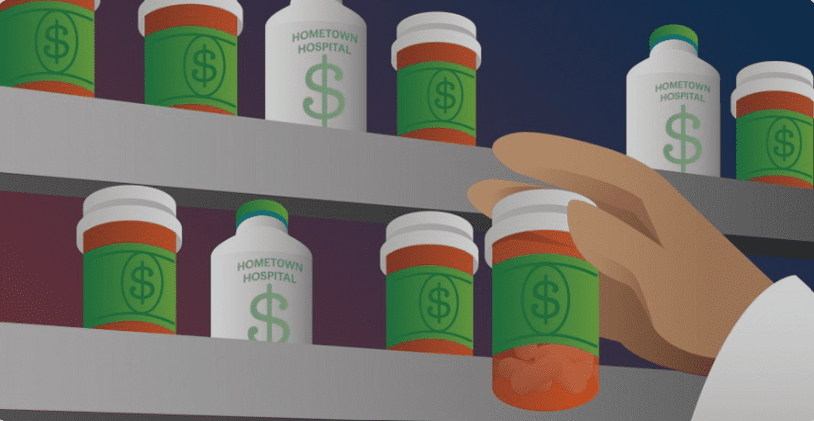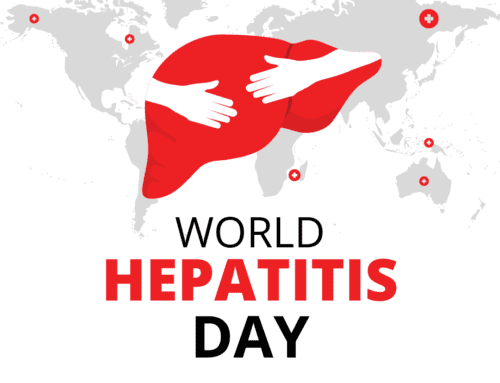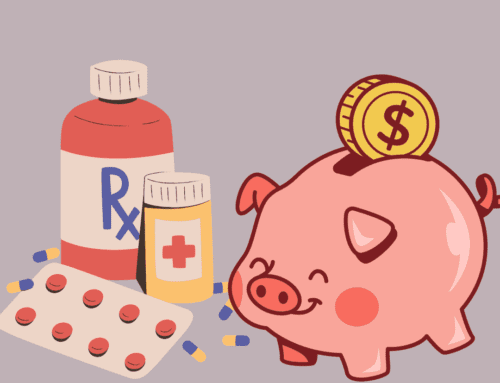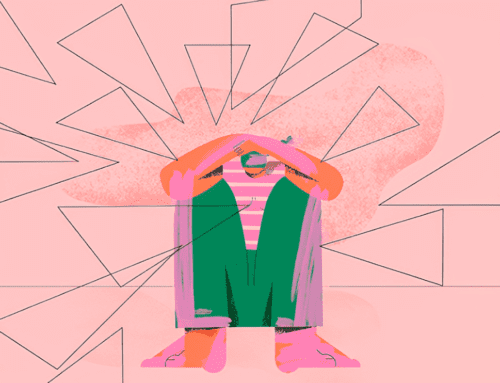HIDDEN FEES AT THE PHARMACY. WHY IT MAY BE CHEAPER TO NOT TO USE YOUR INSURANCE.
“I used my insurance for birth control pills and my copay was $50. The same medication is available for $11.65 when paid in cash. That’s a difference of $38.3. How can the price be so different?”
Most Americans have insurance that offers coverage on prescription drugs, but not all medications are covered. When your pharmacy collects a copay with your prescription, you can actually end up paying more for the drug than you would have paid in cash.
Why Is My Prescription More Expensive With Insurance?
Depending on your health insurance plan and policy, you may pay more for your medication if your plan requires you to pay a set copayment to the pharmacy for your medication. Regardless of the cost of your medication, you would be responsible for this copayment, but sometimes your copay could be more costly than the medication itself.
Most of us believe that a copayment on prescriptions assumes that the insurer and the patients share the costs of the drug. However, when a copayment exceeds the cost of the medication itself, the prescription benefit manager (PBM) keeps the difference as a profit. A common example would be when you pick up a standard antibiotic or blood pressure medication which cost $4 and your copay is $10.
How Insurance Prescription Coverage Works?
Prescription coverage varies by insurance plan and the list of prescription drugs covered in a health insurance plan is called a formulary. If the medication you have been prescribed is not on the plan’s formulary, you may have to pay for that prescription out-of-pocket.
The cost of your prescriptions may depend on how the costs are factored into your deductible and your actual cost of medication is not known until the prescription is sent to the pharmacy.
Another little-known secret driving up the price of your prescriptions is known as a copay “clawback.” These are prescription drug overpayments that occur when your copayments exceeds the total cost of the drug. The insurance company tells the pharmacy what to charge. The insurance company can overcharge the consumer, forcing the pharmacy to collect that amount, and then takes the extra money back as profit. This practice is carried out through a middleman, known know as a pharmacy benefit manager, or PBM. PBM’s negotiate drug prices with drug companies on behalf of your insurer. Some PBM’s then charge a co-pay that exceeds the cash price.
Nearly half of the insured individuals whose plan doesn’t cover their prescription end up not filling their prescription. Almost one-third of insured individuals across all income groups also said that they or someone in their household was told their insurance plan would not cover a drug prescribed by their doctor.
https://www.healthcaredive.com/news/pbm-practices-consumers-generics-savings-USC/624702/
We’re disrupting the status quo in health care. At Roots Health DPC we believe patients deserve easily accessible health care at an affordable price. We provide excellent medical care and make it easy for patients to get the medications and services they need. Schedule a free consultation with Dr Diaz today and find out how much you can save
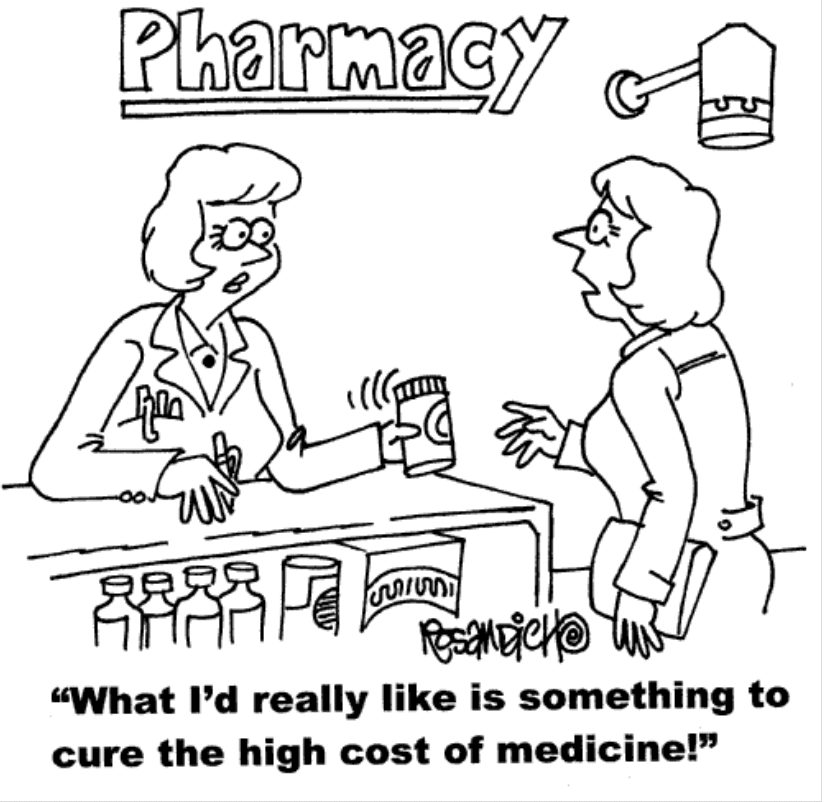
How to Save Money on Prescriptions
Consider the following tips to optimize savings on your prescriptions:
1. Opt for the Generic Version
Opting for the generic version instead of the brand-name drug can offer huge savings. Generic medications are the same as brand-name drugs in dosage, safety, strength, route of administration quality, and intended use. The significant difference between brand name and generic is the cost. The price difference out-of-pocket comes down to the patent behind the brand name. Speak to your physician about what your options are.
2. Ask for a Different Medication
Your physician does not know which medications are on your formulary, but it is likely they are familiar with alternative drugs that are used to treat the same condition. If your prescription is not covered by your insurance and requires a hefty out-of-pocket cost, ask your physician what alternatives exist. At Roots Health DPC we help patients obtain medication at affordable prices.
3. Change Your Pharmacy
Surprisingly, the cost of your medication can vary depending on pharmacies. You can try GoodRx for your prescription if you have to pay out-of-pocket and consider changing pharmacies for a better price.


